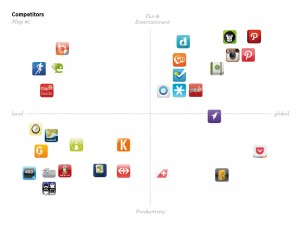Service Exploration (Gruppe 4)
Service Exploration
Multimedia Wall
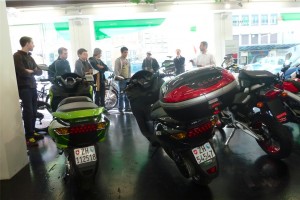
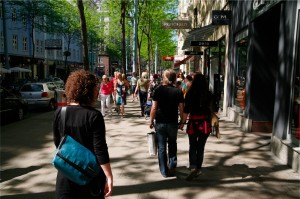 http://medienarchiv.zhdk.ch/media_sets/41161
Once we assessed the video's we took it was clear that when people are discovering a new space they are busy taking in the surroundings and do not interact with a digital device unless they want to capture a moment. Its no wonder that instagram and photosynth are common under any top travel app list. Further more when you arent sure of where you are going or its uncommon ground you reach to the phone to help you find certain things. When the train is leaving or which platform its on. Also we used the phone alot to simply message each other and make sure we where all arriving on time and could indeed embark on a trip together.
If the user is in a common space whilst moving from point a to b they are usually disinterested with their movement for example in a train. Here they use the trip time to engage in social applications or read (either on a digital device or a daily newspaper).
http://medienarchiv.zhdk.ch/media_sets/41161
Once we assessed the video's we took it was clear that when people are discovering a new space they are busy taking in the surroundings and do not interact with a digital device unless they want to capture a moment. Its no wonder that instagram and photosynth are common under any top travel app list. Further more when you arent sure of where you are going or its uncommon ground you reach to the phone to help you find certain things. When the train is leaving or which platform its on. Also we used the phone alot to simply message each other and make sure we where all arriving on time and could indeed embark on a trip together.
If the user is in a common space whilst moving from point a to b they are usually disinterested with their movement for example in a train. Here they use the trip time to engage in social applications or read (either on a digital device or a daily newspaper).
Experience Map
During the preparation stages for the trip companion its important to analyze the experience behind what we are trying to promote. People moving through space from one point to another with any form of transportation. To do this, we have created a experience map that illustrates the actions behind a trip from beginning to end. The experience map is split into two main areas; INTERACTIONS & ACTIONS. And divided in three time frames for each trip or action. PREPARATION, EVENT and finally RETURN. ACTIONS simply illustrates the physical activities the user is engaged in during the trip. For example "Diego rides his singlespeed bike from Bellevue to the main Station." In the actions section there is no mention of thoughts or decisions simply what the illustrated person is doing physically. The INTERACTIONS part of the experience map shows the users thoughts and interactions. This section is split into three types of interactions; PERSONAL ; All personal thoughts are listed here, for example "Have I forgotten to pack anything?" DIGITAL ; All interactions with a digital device are listed here. For example "Diego uses the SBB app to buy a train ticket from bern to zurich." HUMAN ; Interactions from person to person. For example "Diego asks a passerby what direction Paradeplatz is?"— Experience Map Uetliberg Trip
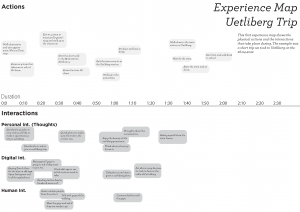
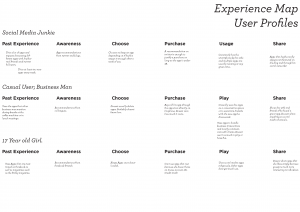
— Experience Map Bern — Zürich Trip

Competitor Matrix
— Overview

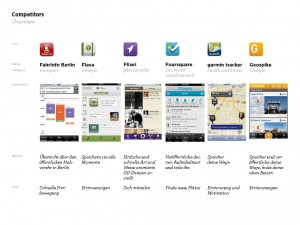
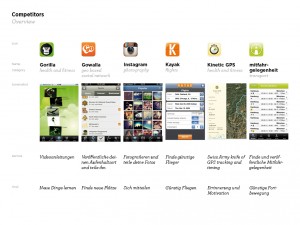
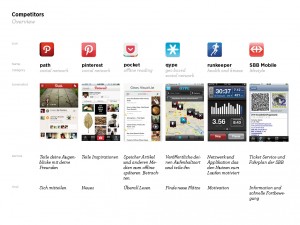
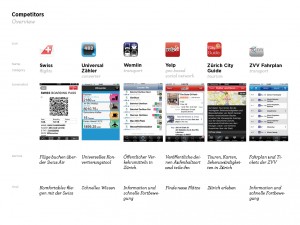
— Matrix


— Map
